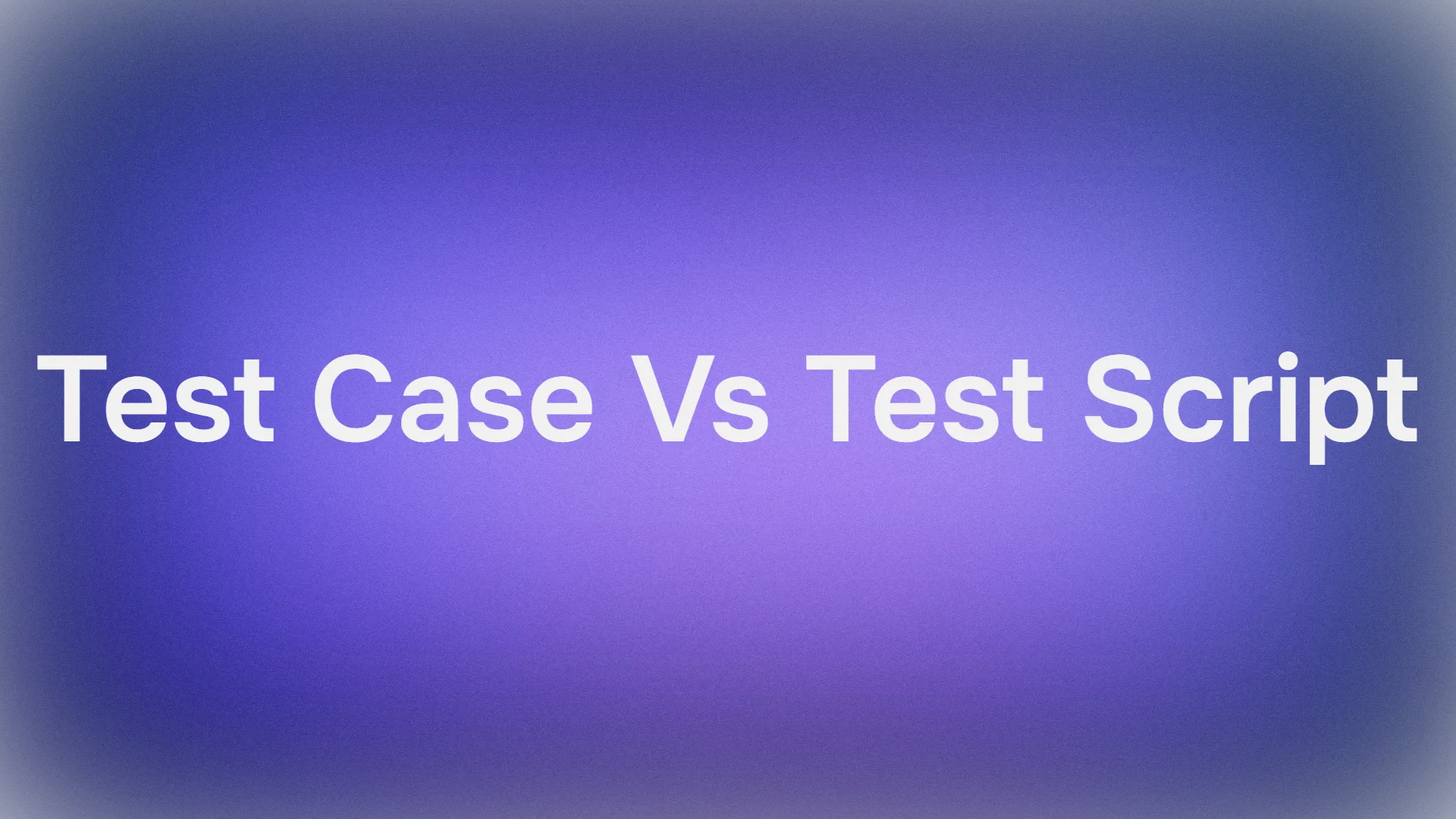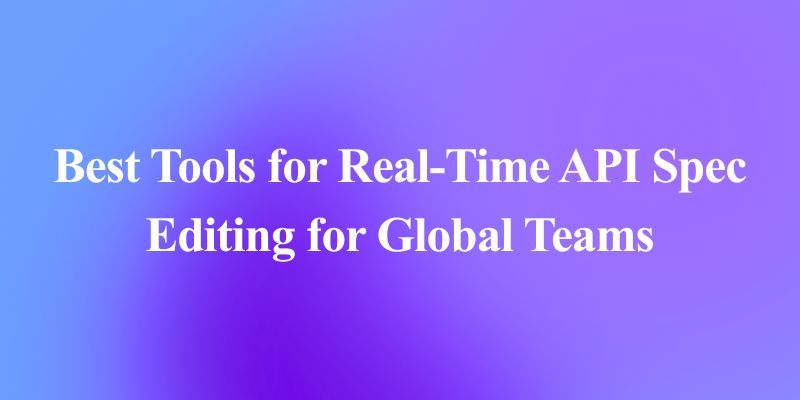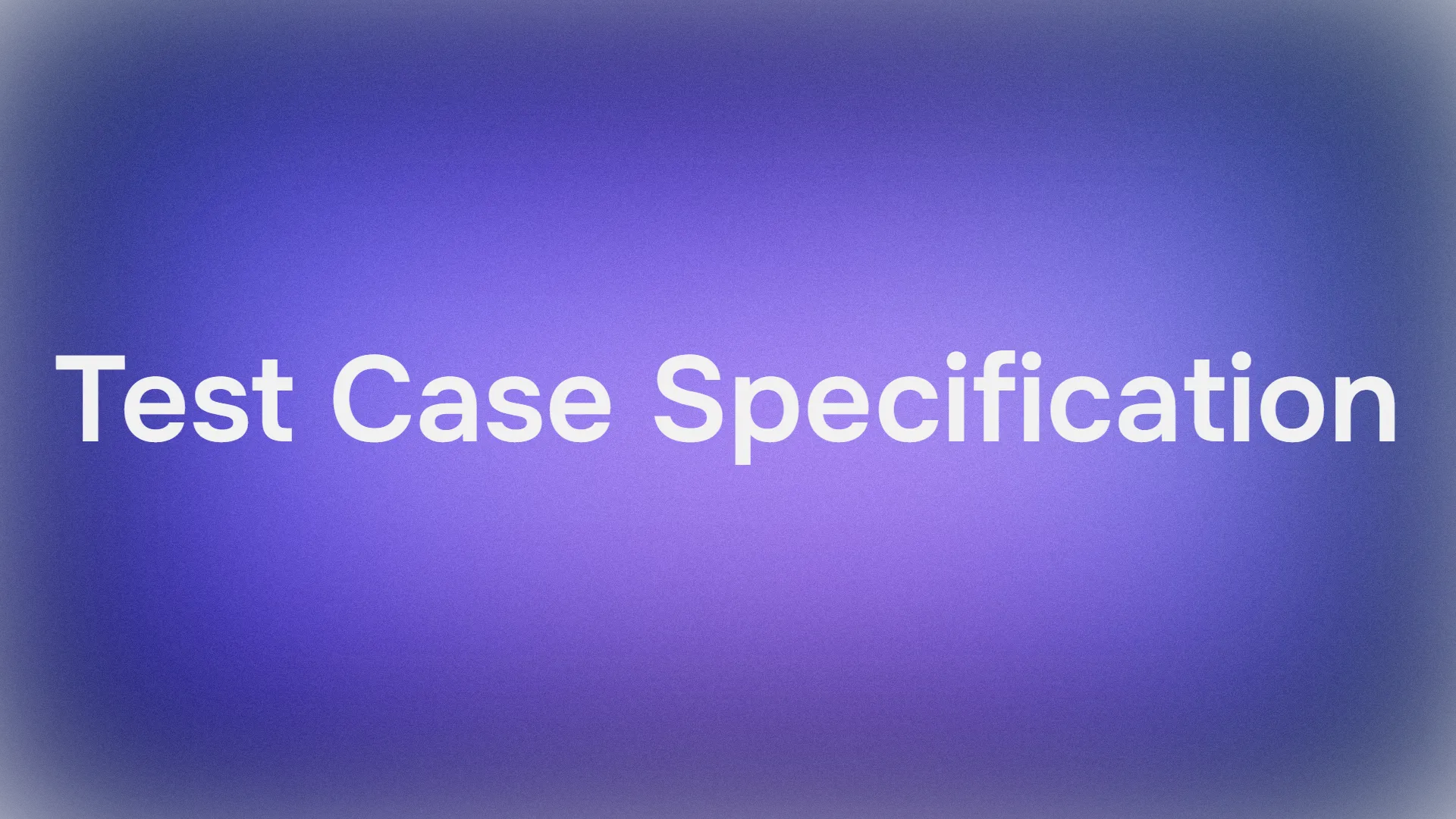Large Language Models (LLMs) are revolutionary, but they have a fundamental limitation: their knowledge is frozen in time, limited to the data they were trained on. They can't access your private documents, query real-time data, or cite their sources. This is where Retrieval-Augmented Generation (RAG) comes in.
RAG is the architectural pattern that gives LLMs a superpower: the ability to retrieve relevant information from external knowledge bases before answering a question. This simple but powerful idea transforms a generic LLM into a specialized expert, capable of providing accurate, up-to-date, and context-aware responses.
In 2025, building a simple "chat with your PDF" app is just the beginning. The RAG ecosystem has exploded with sophisticated open-source frameworks designed to build production-grade, scalable, and verifiable AI systems. Whether you're a solo developer, a data scientist, or an enterprise architect, there's a framework built for you. This guide breaks down the top 15 open-source RAG frameworks you need to know.
Want an integrated, All-in-One platform for your Developer Team to work together with maximum productivity?
Apidog delivers all your demands, and replaces Postman at a much more affordable price!
Of course. Here is a refined version of the article, with all citation links removed for a cleaner reading experience.
The Core Contenders: Foundational Frameworks for RAG
These frameworks have established themselves as the go-to choices for many developers, offering comprehensive features and strong community support.
1. LangChain: the Go-to Open Source RAG Framework

LangChain remains a dominant force in the LLM application development space, and its RAG capabilities are a cornerstone of its appeal. It provides a modular and extensible architecture that allows developers to chain together various components, including document loaders, text splitters, embedding models, vector stores, and retrievers.
- Key Features: A vast library of integrations with over 700 tools, a flexible "Chain" abstraction for building complex pipelines, and a growing ecosystem of higher-level APIs like
LangGraphfor creating agentic and cyclical RAG systems. - 2025 Outlook: Expect LangChain to further solidify its position by focusing on production-readiness, with improved observability, tracing, and deployment tools. The evolution of
LangGraphwill empower developers to build more sophisticated and stateful RAG applications that can reason and iterate.
2. LlamaIndex

Originally conceived as a data framework for LLMs, LlamaIndex has carved out a niche as a premier tool for building robust and production-grade RAG applications. Its strength lies in its sophisticated indexing and retrieval strategies, designed to handle complex and multi-modal data with ease.
- Key Features: Advanced indexing techniques like tree-structured and keyword-aware indexes, powerful query routers for directing questions to the most relevant data sources, and a focus on data ingestion from a wide array of sources.
- 2025 Outlook: LlamaIndex is poised to become even more integral for enterprises with its focus on structured and unstructured data integration. Anticipate more advanced retrieval strategies, including hybrid search and graph-based retrieval, and tighter integrations with enterprise data warehouses and APIs.
3. Haystack by deepset: The Enterprise-Ready RAG Solution

Haystack, developed by deepset AI, is a mature and modular framework designed for building production-ready NLP systems, with a strong emphasis on RAG. It offers a flexible pipeline-based approach that allows for the seamless integration of various components, including retrievers, readers, and generators.
- Key Features: A highly modular architecture, robust support for a wide range of vector databases and embedding models, and powerful evaluation tools for assessing the performance of RAG pipelines. Haystack also excels in its support for both dense and sparse retrieval methods.
- 2025 Outlook: Haystack's focus on enterprise-grade features will likely lead to enhanced capabilities in areas like scalability, security, and monitoring. Expect to see more pre-built pipelines for common industry use cases and even deeper integrations with large-scale search and analytics platforms.
The New Wave of RAG Frameworks: Emerging and Specialized Frameworks
This next set of frameworks is pushing the boundaries of what's possible with RAG, offering innovative approaches and catering to specific needs.
4. RAGFlow: The Visual and User-Friendly Open Source RAG Framework

RAGFlow is a rising star that emphasizes a "quality-in, quality-out" philosophy for RAG. It provides a visual, low-code interface for building and managing RAG pipelines, making it accessible to a broader audience beyond just seasoned developers.
- Key Features: A user-friendly DAG-based visual editor, automated RAG workflows, and a focus on deep document understanding with features like template-based chunking and visual inspection of parsing results.
- 2025 Outlook: RAGFlow's intuitive design and focus on data quality position it as a strong contender for teams looking to rapidly prototype and deploy RAG applications. We can expect to see an expansion of its supported data formats and integrations, making it an even more versatile tool.
5. DSPy: The Programming-Not-Prompting Paradigm

DSPy, developed by the Stanford NLP Group, introduces a novel programming model for RAG that shifts the focus from manual prompt engineering to a more structured and programmatic approach. It allows developers to define the components of their RAG pipeline and then uses an optimizer to automatically generate and refine the prompts.
- Key Features: A declarative programming model that separates the logic of the RAG pipeline from the specifics of the prompts, a powerful optimizer that can fine-tune prompts for specific tasks and metrics, and support for a wide range of LLMs and retrieval models.
- 2025 Outlook: DSPy's innovative approach has the potential to revolutionize how RAG applications are built, making them more robust, reproducible, and performant. Expect to see wider adoption and the development of more sophisticated optimizers and modules.
6. Verba: the RAG Chatbot Powered by Weaviate

Verba is an open-source RAG application built by the team behind the Weaviate vector database. It offers an end-to-end, user-friendly interface for interacting with your data through a conversational AI.
- Key Features: Tight integration with Weaviate's powerful search capabilities, a streamlined setup process, and a focus on providing a polished and intuitive user experience out of the box.
- 2025 Outlook: Verba is set to become a go-to solution for developers who want to quickly build a powerful and visually appealing RAG application on top of Weaviate. Expect more advanced features like multi-tenancy and customizable UI components.
7. RAGatouille: Easy-to-use ColBERT in any RAG pipeline

RAGatouille is a specialized library focused on making ColBERT, a powerful late-interaction retrieval model, more accessible for RAG applications. It simplifies the process of training, indexing, and using ColBERT models, which can often outperform standard dense retrieval methods.
- Key Features: Easy-to-use APIs for fine-tuning and deploying ColBERT models, efficient indexing and retrieval for large document collections, and the ability to achieve state-of-the-art retrieval performance.
- 2025 Outlook: As the demand for more accurate and nuanced retrieval grows, RAGatouille's focus on advanced models like ColBERT will make it an increasingly important tool for researchers and developers working on cutting-edge RAG systems.
8. Unstructured.io

While not a full-fledged RAG framework in itself, Unstructured.io is an indispensable tool for any serious RAG implementation. It provides a suite of open-source libraries for parsing and pre-processing complex, unstructured documents like PDFs, HTML files, and images, preparing them for ingestion into a vector database.
- Key Features: High-quality parsing of a wide variety of document types, extraction of valuable metadata, and seamless integration with popular RAG frameworks like LangChain and LlamaIndex.
- 2025 Outlook: The importance of high-quality data pre-processing in RAG cannot be overstated. Unstructured.io is poised to become an even more critical component of the RAG ecosystem, with expanded support for more document types and more sophisticated parsing capabilities.
The Enterprise Ready RAG Frameworks
These frameworks are tailored for enterprise use cases and the burgeoning field of AI agents.
9. Cohere Coral: The Enterprise-Grade Conversational AI

Cohere's Coral is a conversational AI platform that leverages RAG to provide accurate and verifiable information. While Cohere offers managed services, its underlying technologies and concepts are influencing the open-source landscape.
- Key Features: A focus on enterprise-grade security and data privacy, powerful retrieval and summarization capabilities, and the ability to ground responses in specific documents and sources.
- 2025 Outlook: While Coral itself is a commercial product, the open-source components and research from Cohere will continue to be highly influential. Expect to see more open-source frameworks adopting similar principles of verifiability and enterprise-readiness.
10. LLMWare: The Private and Secure RAG Solution

LLMWare is a framework designed for building enterprise-grade RAG applications with a focus on privacy and security. It enables the use of smaller, specialized, and privately-hosted LLMs, giving organizations more control over their data.
- Key Features: A modular architecture that supports a variety of LLMs and vector databases, tools for fine-tuning models on private data, and a focus on deploying RAG systems in secure, on-premise environments.
- 2025 Outlook: As data privacy regulations become more stringent, the demand for frameworks like LLMWare that prioritize security and private deployment will undoubtedly increase.
11. Flowise: The Visual No-Code/Low-Code Contender

Flowise is an open-source UI-based tool that allows you to build customized LLM-powered applications with a drag-and-drop interface. It's an excellent choice for rapid prototyping and for teams with varying levels of technical expertise.
- Key Features: A visual, node-based editor for creating RAG pipelines, a wide range of pre-built integrations, and the ability to quickly deploy applications as APIs.
- 2025 Outlook: The trend towards low-code and no-code development is strong, and Flowise is well-positioned to capitalize on this. Expect to see more advanced features and a growing community of users and contributors.
12. AutoGen: The Multi-Agent Maestro

AutoGen, a framework from Microsoft Research, enables the development of LLM applications using multiple, collaborating agents. This makes it particularly well-suited for building sophisticated RAG systems where different agents can be responsible for different aspects of the retrieval and generation process.
- Key Features: A flexible and extensible agent-based architecture, support for both automated and human-in-the-loop workflows, and the ability to create complex and dynamic conversational applications.
- 2025 Outlook: The future of AI is likely to be multi-agent, and AutoGen is at the forefront of this trend. Expect to see more advanced RAG patterns emerge that leverage the power of collaborative agents.
Best Niche RAG Frameworks
These frameworks are carving out their own unique spaces in the RAG landscape.
Of course. Here are the rewritten sections for Marten, Cheshire Cat AI, and a replacement for Mendable, complete with updated descriptions and their official links.
To maintain the integrity of the "open-source" list, Mendable, which is primarily a commercial product, has been replaced with RAGAs, a leading open-source RAG evaluation framework.
13. Marten: The .NET Data Powerhouse
For developers rooted in the .NET ecosystem, Marten provides a robust foundation for building data-intensive applications, including sophisticated RAG systems. It cleverly transforms PostgreSQL into a full-fledged document database and event store, allowing .NET developers to work with objects and events natively without leaving their preferred environment. Its powerful JSONB support is ideal for storing and indexing the unstructured text and vector embeddings at the heart of RAG. You can explore its capabilities further at the Marten official website.
- Key Features: Deep integration with .NET, transactional guarantees for data consistency, and the ability to leverage PostgreSQL's mature indexing and full-text search capabilities for retrieval tasks.
- 2025 Outlook: As RAG adoption expands beyond the Python ecosystem, solutions like Marten that offer language-native performance and tooling will be critical for enabling a wider community of developers to build powerful AI applications.
14. Cheshire Cat AI: The Customizable Agent Framework
Cheshire Cat AI is a production-ready, open-source framework designed for creating highly customizable conversational AI agents. Its philosophy centers on an extensible plugin architecture, which allows developers to easily integrate various LLMs, vector stores, and custom tools to shape the agent's behavior. This makes it an agile platform for prototyping and deploying RAG applications where specific, chained functionalities are required for retrieval and reasoning. Learn more about its architecture on the Cheshire Cat AI GitHub page.
- Key Features: A plugin-driven design for maximum flexibility, built-in support for memory management and conversational context, and a growing library of community-contributed extensions.
- 2025 Outlook: The framework's adaptable nature makes it a strong choice for building specialized RAG agents that can perform complex, multi-step tasks. Expect its plugin ecosystem to grow, offering even more out-of-the-box integrations and capabilities.
15. RAGAs: The RAG Evaluation Specialist
Once a RAG pipeline is built, how do you know if it's actually effective? RAGAs is a dedicated open-source framework designed specifically to answer that question. It provides a suite of metrics to evaluate RAG pipelines based on their retrieval and generation quality, without relying on human-annotated ground truth labels. This enables continuous monitoring and improvement of RAG systems by assessing key aspects like faithfulness, answer relevancy, and context precision. You can find the framework and its documentation on the RAGAs official website.
- Key Features: A set of reference-free evaluation metrics, the ability to analyze the performance of individual retrieval and generation components, and seamless integration into CI/CD workflows for automated testing.
- 2025 Outlook: As RAG moves from experimentation to production, robust evaluation is no longer a luxury but a necessity. Frameworks like RAGAs will become an indispensable part of the MLOps toolkit for LLM applications, ensuring that RAG systems are not only functional but also trustworthy and reliable.
Conclusion: A Flourishing and Diverse Ecosystem
The open-source RAG landscape in 2025 is a testament to the rapid pace of innovation in the field of generative AI. From mature, all-encompassing frameworks like LangChain and LlamaIndex to specialized tools like RAGatouille and innovative programming paradigms like DSPy, developers have an unprecedented array of options for building the next generation of intelligent applications. The choice of framework will ultimately depend on the specific needs of the project, the expertise of the team, and the desired level of control and customization. One thing is certain: the future of AI is not just about generating text; it's about generating a grounded, accurate, and contextually aware understanding of the world, and these open-source RAG frameworks are leading the charge.
Want an integrated, All-in-One platform for your Developer Team to work together with maximum productivity?
Apidog delivers all your demands, and replaces Postman at a much more affordable price!



